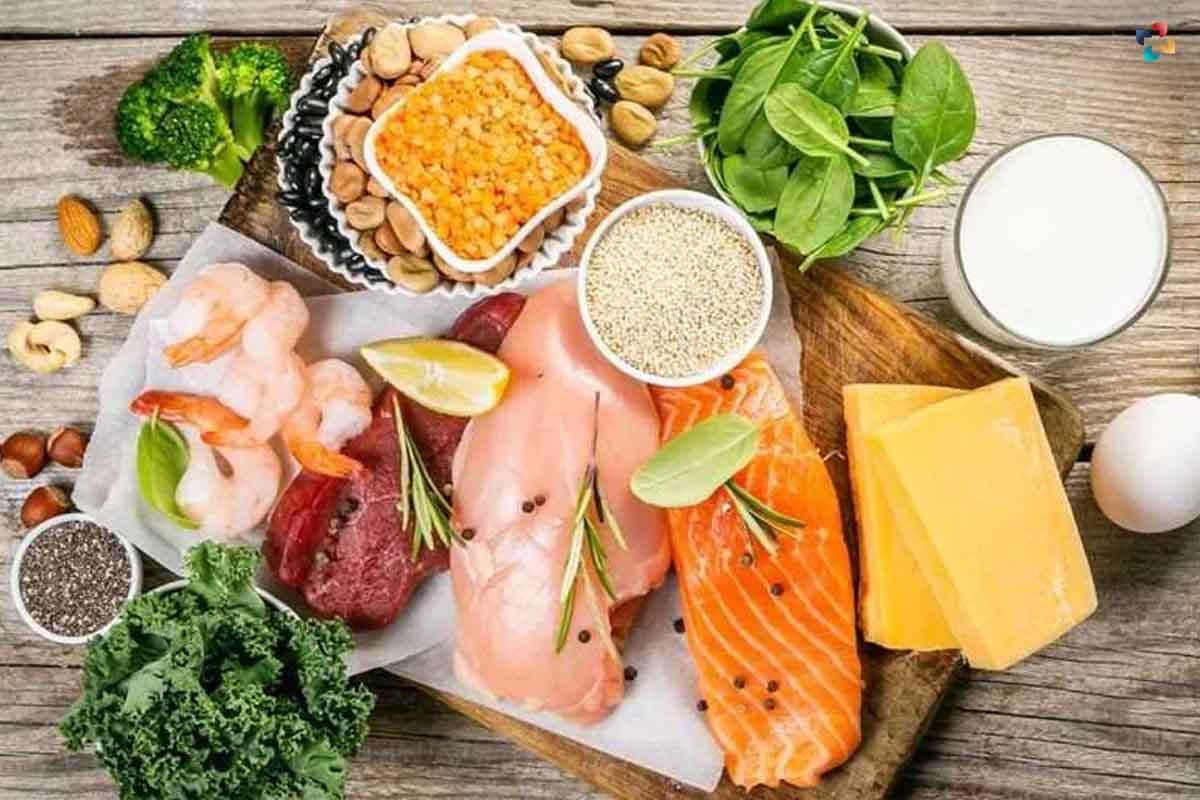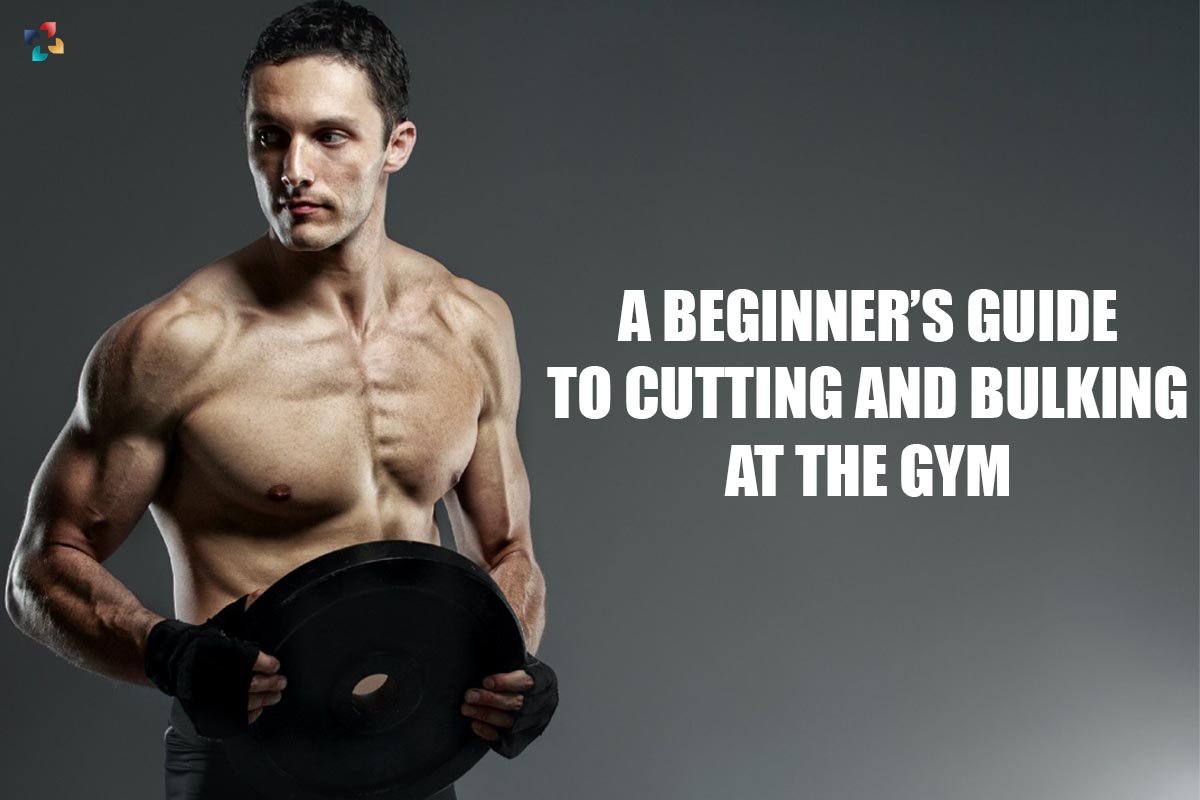INTRODUCTION
Since the “golden days” of bodybuilding, when figures like Arnold Schwarzenegger, Franco Columbu, Lou Ferrigno, and Frank Zane dominated the muscle scene, Cutting and Bulking at the Gym cycles have been a routine for many in the pursuit of an aesthetically pleasing physique. These cycles involve increasing one’s calorie intake and decreasing one’s caloric intake, respectively.
The process of growing muscle is a gradual one. To begin, you will need to consume a great deal of food in order to put on mass, which is referred to as bulking. Then, in order to expose your veins and get a beach body, you will need to reduce the amount of undesirable fat in your body, which is referred to as cutting. On the other hand, many individuals make errors in their approach to Cutting and Bulking at the Gym, which makes it more difficult for them to reduce their body fat.
Here is Beginner’s Guide to Cutting and Bulking at the Gym;
Bulking For Beginners
1) Eat more than you need.
Since adding muscle takes more fuel, the most important guideline for bulking is to consume an amount of food that results in a calorie surplus. When you eat more than you need, your body enters what is known as an “anabolic” state, which means it is in a development phase when it is constructing new tissue, like muscle and bone.

This continues as long as you continue to overeat. Remember that many individuals equate the bulking season with an excuse to eat anything they want, which may lead to fat gain. This is the only thing that you need to keep in mind about this time of year. In practice, eating in excess involves consuming a little bit more than your body needs to stay at its current weight, and then progressively increasing the number of calories you consume each week.
2) Make it a priority to eat a diet that is high in carbohydrates, but low in fat and moderate in protein.
Assuming that you eat 2700 calories per day, you should get 50% of your calories from carbohydrates, 40% of your calories from protein, and 10% of your calories from fat.
Protein is necessary for the building of muscle, while carbs are necessary for providing fuel for exercise. Carbohydrates, on the other hand, are the major source of fuel for our bodies, and the efficiency of our workouts is also contingent on carbohydrate consumption. So, the majority of the additional calories you consume, also known as surplus calories, should come from carbohydrates.

3) Concentrate on lifting heavy weights while keeping your rep range moderate.
In Cutting and Bulking at the Gym, The goal of bulking is to gain as much muscle as possible, and the ideal range of repetitions for bulking is eight to twelve. So, your objective should be to lift at least 80 percent of your maximal capacity in order for your muscles to get fatigued by the tenth repetition, and you should do the last two repetitions with the aid of a supporter.

Cutting For Beginners;
Your Cutting and Bulking at the Gym season dictates how much muscle you will be able to recover, how fast you will be able to lose fat, and how thin you will be. If your bulking season went immaculate, the cutting season would be a wonderful reward.
1) Eat In A Deficit
When you are trying to trim calories, the aim is to be in a caloric deficit, and when you are trying to bulk up, the goal is to be in a caloric surplus. Your body will enter a “catabolic” condition as a result of this, in which it will begin to break down tissue. Keep your calorie intake at a level that is lower than the calories needed for maintenance, but not too much lower. The most effective strategy is to begin by cutting your calorie intake by 200 each week.
2) Prioritise On Protein
Protein is more vital during a cut than it is during a bulk because it helps to preserve muscle when you are consuming fewer calories than you normally would during a cut. The optimal strategy is to eat twice as much protein as your body weight while maintaining a fat level that is less than ten percent of your total calories. Consuming carbohydrates before, during, and after exercise has been shown to improve athletic performance.
3) Decrease the intensity and put your primary emphasis on recuperation
One of the most efficient strategies to lose twice the amount of fat in half the time is to combine calorie restriction with exercise. Continue your exercise, but dial down the intensity. Because you are cutting back on your food intake, you should avoid lifting heavy weights and instead focus on increasing the number of repetitions you perform.
This will help you burn more calories. You should also cut down on the number of days you spend exercising since the human body increases during periods of rest and relaxation. In terms of the best approach to do this in a thoughtful (and healthy) way, Cutting and Bulking at the Gym can offer some structure
Also read: 12 Worst Foods to Eat After a Workout.







